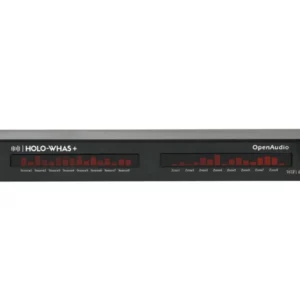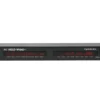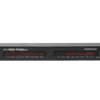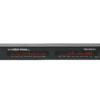US Streaming Music Market Share
Growth in Apple Music’s revenue also reflects changes in the streaming music market share, showing its rising influence in the industry.The streaming music market share continues to evolve as user preferences shift toward personalized and high-quality audio experiences.In the US music streaming landscape, Apple Music ranks second in terms of market share, capturing 30.7% of the audience, just behind Spotify, which leads with 36%. Apple Music boasts over 93 million subscribers and pulled in $9.2 billion in revenue in 2023. Its robust standing owes much to its seamless integration with the broader Apple ecosystem.

Here is a table displaying the distribution of the music streaming market by the share of subscribers:
| Music Streaming Platform | Subscriber Market Share |
|---|---|
| Spotify | 36% |
| Apple Music | 30.7% |
| Amazon Music | 23.8% |
| YouTube Music | 6.8% |
| Pandora Premium | 1.9% |
| Tidal | 0.5% |
| SoundCloud | 0.3% |
Spotify, Apple Music, and Amazon Music are today’s “big three” paid streaming services – at least in the U.S., where they claim a more than 90% market share.
How Many People Use Apple Music?
Apple Music has over 93 million subscribers.
That was an increase of 5.68% in the number of Apple Music subscribers compared to that recorded in the previous year. 88 million people used Apple Music in 2022, a growth of almost 10% compared to 2021.
The number of its users has grown dramatically since 2017. This growth resulted from the major redesigns and new features added to the app.

Apple Music Revenue
Apple Music Generated $9.2 Billion In Revenue.
Apple Music contributed a total of 6.4% to Apple Services’ total revenue of $85.1 billion.
Hence, based on the estimates made through the total streaming revenue, Apple Musics registered $9.2 billion in revenue, a 10.84% increase compared to the previous year.
Comparatively, Apple Music recorded a revenue of $8.3 billion in 2022 and $7 billion in 2021.

All OpenAudio’s multi-room streaming amplifier can support all music platform by support Airplay2, Spotify Connect and DLNA WiFi Audio protocol. For android user, yiu can use Airmusic to make your phone support Airplay2. Not that Airplay2 not only support Apple Music, but also other music platform.
As consumer habits evolve, the streaming music market share will continue to shift, making compatibility and platform support more important than ever for audio hardware manufacturers.
For more science-based content, audio technology breakdowns, and updates, make sure to follow us on our official website-OpenAudio







